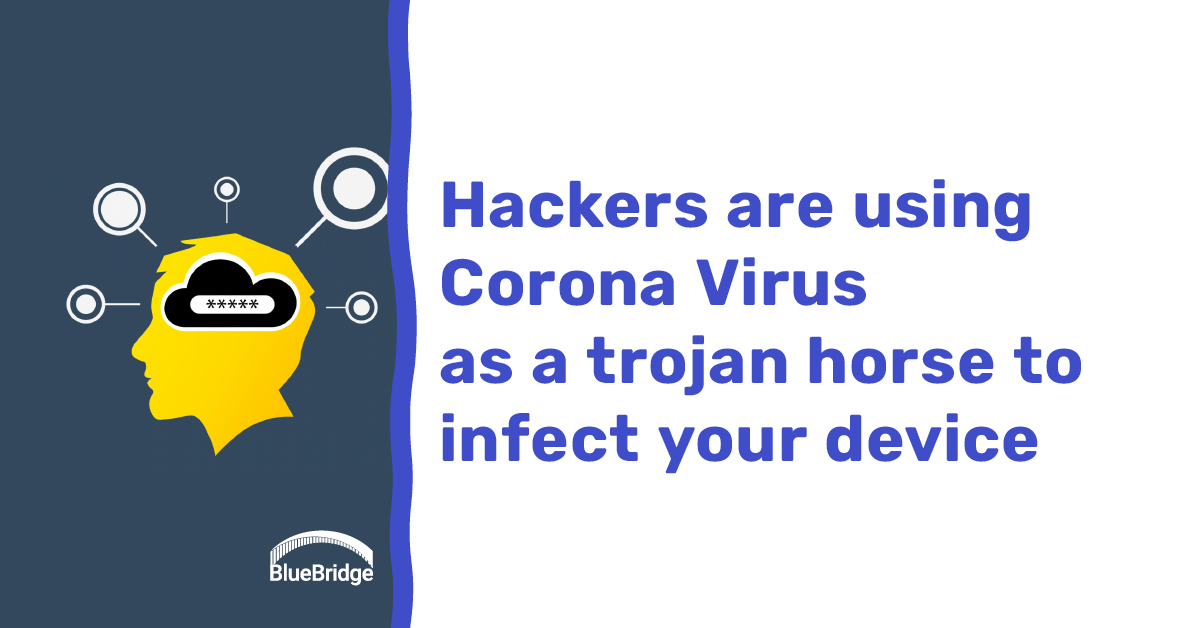Spreading Cyber-Safety Awareness During Uncertain Times

Spreading Cyber-Safety Awareness During Uncertain Times.
We are all taking this time to adjust our daily lives to the new work landscape during the COVID-19 pandemic, but that means cyberscams are also adapting. You‘ve likely encountered schemes and traps that use fear as leverage to make you or someone you know “click, respond, or buy” when it comes to malicious schemes. Fortunately, a little awareness is all it takes to recognize the typical but evolved scams and protect yourself online.
Phishing Emails Are Arriving in Ohio
During this time, we all know that physical face-to-face interaction has mostly shifted towards electronic communication. We are relying on email and other such messaging platforms for our daily communications whether it be for schooling, work, or even updates from our businesses. Of course, online scammers are well aware of this and are creating fake emails to take advantage of sensitive and COVID-19 related topics to lure you in and take hold of your data.
Stimulus Check Email Fraud
We all know about the stimulus check. The government funded relief aimed to help those in dire times during this global pandemic. A very disgusting but possibly the most relevant scam right now takes the form of a fake email from the IRS, asking you to submit personal tax information to receive a government stimulus check, which can lead to identity theft. The government does not send email communications. Please stay aware of this and reach out to the proper channels when in need of information on this topic.
Malicious Content Covered As Health News
Right now, there are communications going around disguised as relevant news for the Coronavirus. An example of this are emails pretending to be distributed from reputable health sources, such as the CDC, telling you to “click this link to see COVID-19 news in your area”. This link could infect your device with dangerous malware, so you should always double check the exact source of the email.
Using Mail and Delivery Carriers As Disguise
With the recent boom in online ordering for any and all occasions, there are scams targeting the home delivery audience. Recent scams have been found that send a message that your order is “on hold” until you verify personal info. It’s often found that they will be disguised as major e-commerce companies such as Amazon or FedEx, and instead will deliver malicious threats straight to your inbox.
Along the same lines there are new and unreputable e-commerce sites that claim to offer hard to get items pertinent to the pandemic, such as masks or cleaning supplies. In reality the majority are just fake websites looking to collect your financial data and personal info.
5 Tips to Stay Safe Online.
- Look out for anything suspicious emails: Check the incoming address carefully by hovering over it with your cursor. Does the extension on the address match the company the email represents? If not, delete them immediately. Other signs to look out for are typos and obvious grammatical errors that a major corporation would not have in their send-outs.
- If you get what appears to be a suspicious request from someone at you r job or someone else you are close with, verify this with that person directly before opening or responding. Many scams will use names of people connected to you to lure you in without suspicion.
- If you are looking for important health or financial COVID-19 info, stick to reputable sources such as government websites and the CDC. Do not respond to unsolicited emails, and of course be weary of any included links.
- When shopping or browsing online, go directly to reputable e-commerce websites, instead of clicking on something unknown with a “too good to be true” purchase option.
- Ensure that you continue to update your security across all of your personal and work devices. This will help protect devices against the most recent malware, phishing attacks, and other such cyberthreats, as well as help identify malicious sites while surfing the web.

